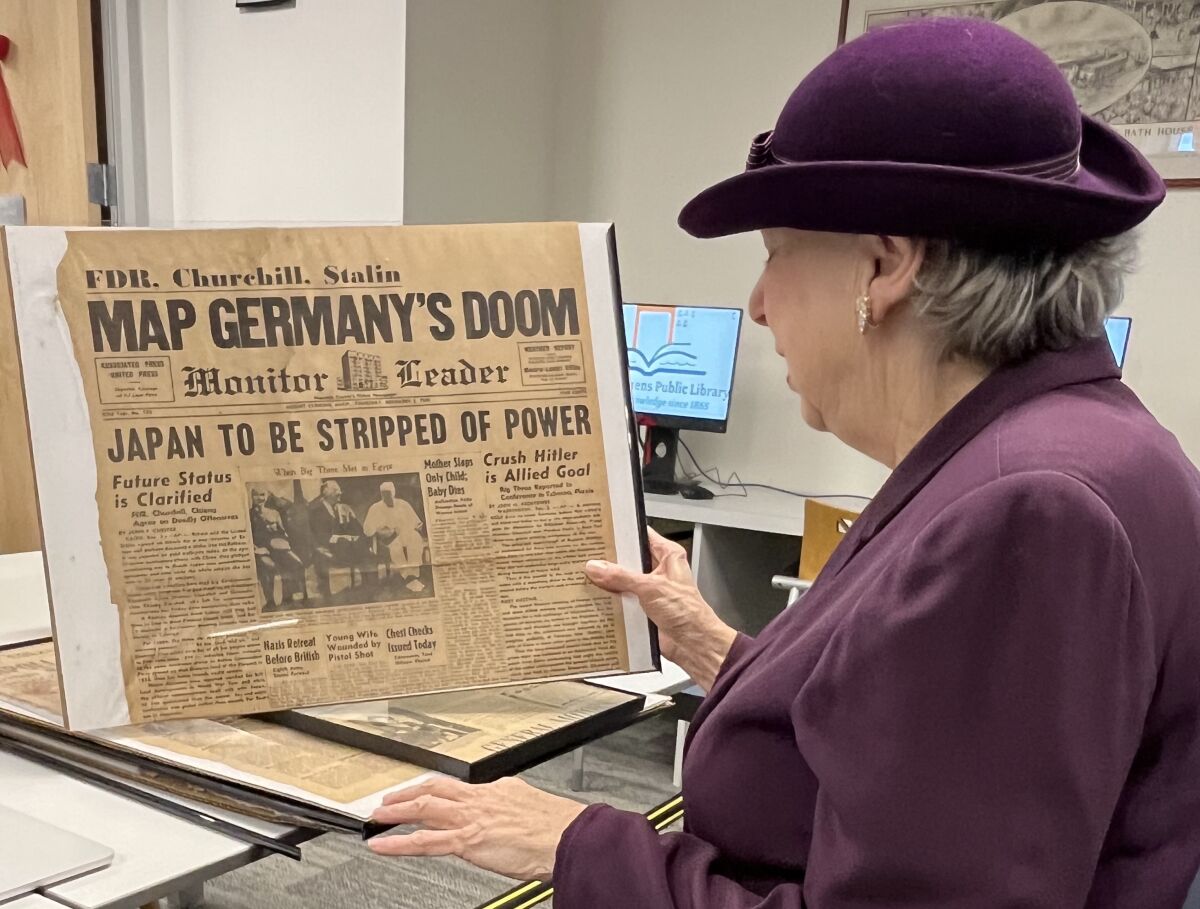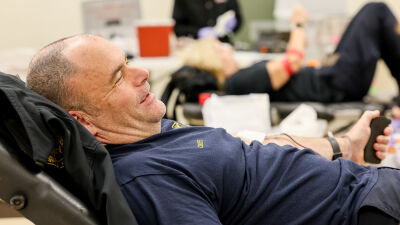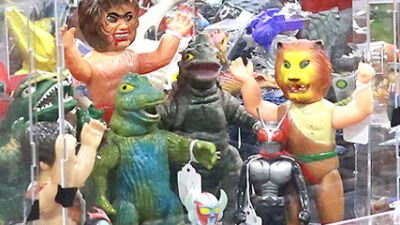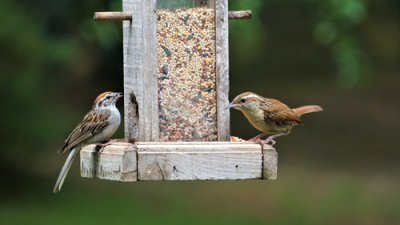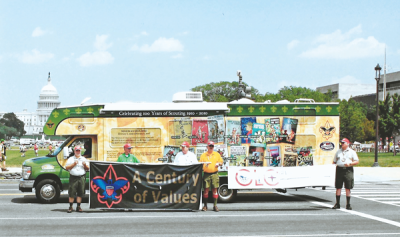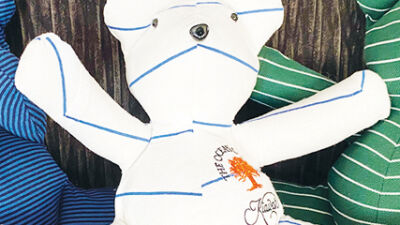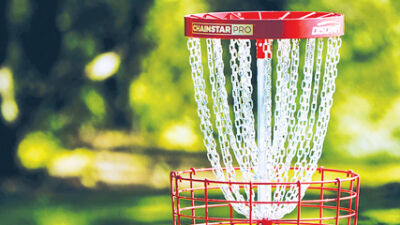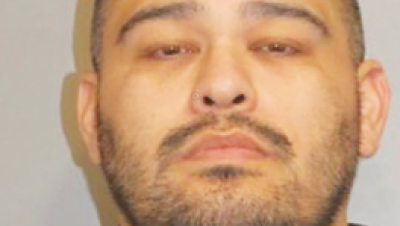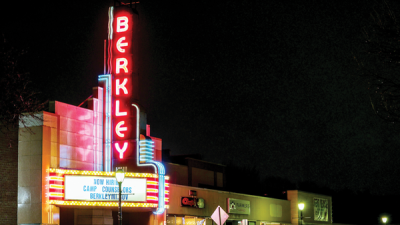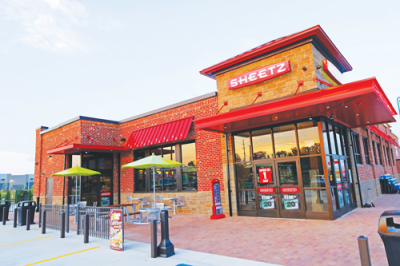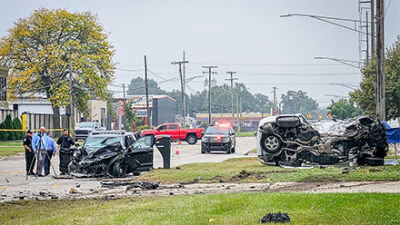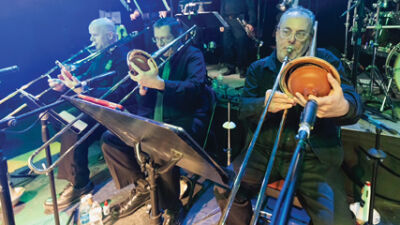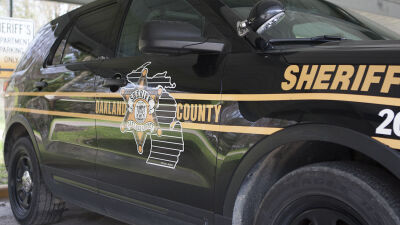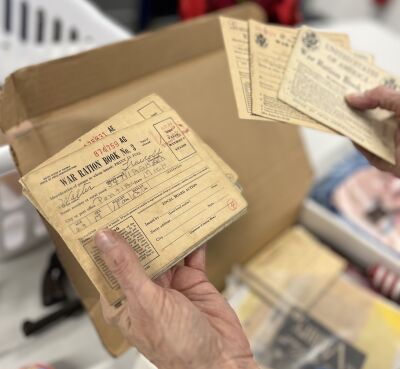
Ration books were given to Americans during the war to limit how many goods people had due to material being made for the war efforts.
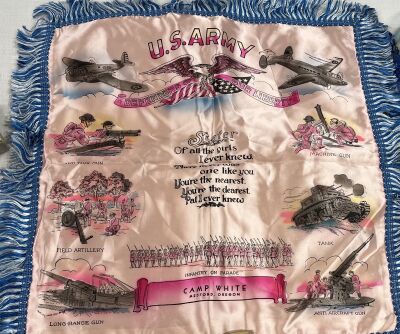
U.S. soldiers stationed overseas sometimes sent Christmas gifts to family members during World War II. These decorative cloths were popular for women to receive.
ROSEVILLE — At Christmastime during World War II, families scaled back on meal options, decorations and gifts because of the rations on food and other merchandise.
“They were in a pickle. We were at war with Japan and Germany,” said Beverly Bishop, a member of the Roseville Historical and Genealogical Society and graduate of Sacred Heart Catholic High School. “They came up with ways to make toys for kids and decorate as patriotic and jolly as possible.”
For the second year in a row, Bishop is scheduled to bring “How Did Our Grandparents Celebrate Christmas During WWII?” to the Roseville Public Library. Bishop, of Macomb Township, is preparing to present the event at 6 p.m. Dec. 17.
Bishop is a local historian who has collected mementos and newspapers from different time periods in American history, including that of WWII. She loves sharing what she learned with others and that’s why “How Did Our Grandparents Celebrate Christmas During WWII?” is returning for a second year. For her program, Bishop plans to bring copies of the Daily Monitor Leader newspaper, retro toys, canned food and other memorabilia that represents the WWII era.
Many items, such as Christmas lights, were not available for purchase because U.S. manufacturers turned their production lines into what was needed to help the war effort. War ration books were distributed, which limited the goods, services or resources people had. Americans still tried to have happy holidays despite the brutalities of war overseas.
“Even in the face of problems, they were going to celebrate Christmas,” Bishop said.
For instance, families were encouraged to use their good dishes and iron their good tablecloths and napkins for Christmas dinner. To support the red, white and blue at the time, small U.S. flags were hung on many Christmas trees throughout the nation.
Because supplies were low, families used paper and their creativity to make ornaments that resembled peppermint candy or found pine cones in their backyards for tree trimmings. Bishop said that there were people who destroyed any decorations they already owned that were made in Germany and Japan. Displaying indoor lights was acceptable.
“Outdoor lights were taboo because you would be wasting electricity,” Bishop said.
Another reason why outdoor lights were not encouraged was because there were times in which neighborhoods practiced blackouts.
As for toys, some could be found at the local five and dime store, especially Jeeps, prop guns and miniature military army men. Since material wasn’t available to make baby dolls, paper dolls became the next best thing. Another gift idea was knitting to make vests and sweaters.
“You could still buy yarn,” Bishop said.
If sending Christmas gifts to young soldiers overseas, it was best to do it between Sept. 15 and Oct. 15. For the Thanksgiving and Christmas holidays it was advised to order extra ice from the iceman and extra milk from the milkman. In her research, Bishop also found different meal recipes that used fewer ingredients. Lemon meringue pie was a favorite because it only needed five tablespoons of sugar and molasses could easily be substituted.
According to Bishop, chicken and turkey were too costly at the time, so ham and rib roast meals were more practical. The organs — brains, hearts and livers — of the animal also were suggested as options.
“You would buy the best cut you could afford,” Bishop said.
Dave Bommarito, president of the Roseville Historical and Genealogical Society, plans to attend the Dec. 17 event.
“As much as I’m into history, I missed it last year,” he said.
He looked forward to learning more of Bishop’s research.
“I always remember my parents talking about the rations in the mid-1940s,” he said.
Bommarito, a 1971 Roseville High School graduate, is a local historian who plans an all-class reunion every year for graduates of Roseville, Brablec, Sacred Heart, Eastland and Burton. He also is the administrator of the Roseville Michigan Historical Group on Facebook.
“How Did Our Grandparents Celebrate Christmas During WWII?” will be held at 6 p.m. Dec. 17 at the Roseville Public Library, located in the City Hall complex at 29777 Gratiot Ave.
The Roseville Historical and Genealogical Society presents a program at the library each month. For more information, call (313) 884-3067.
 Publication select ▼
Publication select ▼